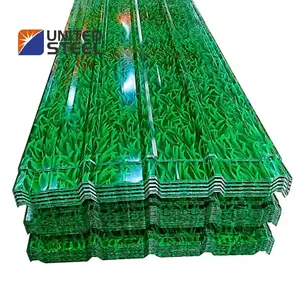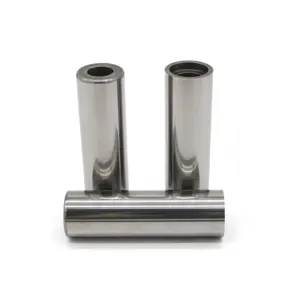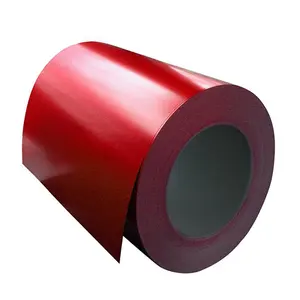Populaire dans votre secteur d’activité














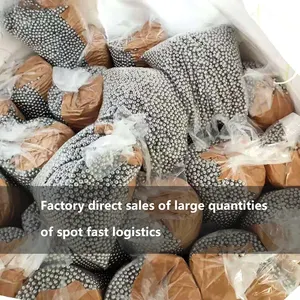





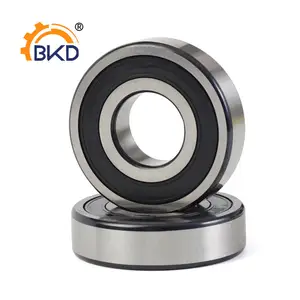



































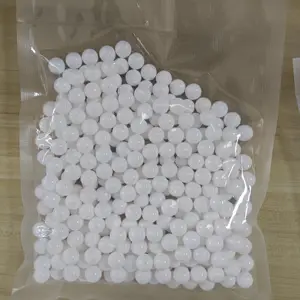

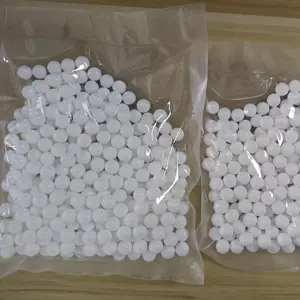


















Recherches associées:




































































































































































Meilleures catégories
Concernant oxyde de zirconium billes
Alibaba.com propose plusieurs types de oxyde de zirconium billes à vendre par des fournisseurs de confiance, garantissant des produits de haute qualité avec des résultats exceptionnels. Ils sont conçus pour une utilisation durable, garantissant une durabilité et des performances optimales. Les produits les plus recherchés sont oxyde de zirconium billes, les lingots d'aluminium et d'autres métaux et produits métalliques. Comme ils sont utilisés pour diverses applications, ils sont disponibles dans différentes tailles.
oxyde de zirconium billes sont la forme métallique la moins chère utilisée pour les applications générales. C'est un excellent métal qui adhère fortement au verre et transparent à maturité. Ces éléments donnent une finition miroir aux fenêtres des grands immeubles. Ils présentent plusieurs avantages car ils ne se ternissent pas aussi vite que l'argent et peuvent prendre plusieurs formes. L'indium peut être produit sous forme de granulés, de barres, de poudre, de pastilles et peut également être sous forme de composés.
Chaque produit est conçu pour des performances optimales garantissant la durabilité. Les oxyde de zirconium billes sont fabriqués à partir de matières premières de qualité et d'une technologie de pointe. Ces produits de haut calibre présentent des performances supérieures. Alibaba.com propose une large sélection de lingots tels que les non-alliages, les alliages et l'indium. Un catalogue complet avec des informations détaillées sur chaque produit est disponible pour les acheteurs.
Des options bas de gamme à haut de gamme oxyde de zirconium billes, chaque acheteur peut trouver un produit à un prix adapté à leur. Avec de nombreux fournisseurs à travers le monde, Alibaba.com est un excellent endroit pour trouver les articles les plus appropriés aux besoins des acheteurs. Ils sont disponibles aux meilleurs prix du secteur et garantissent des performances optimales.

